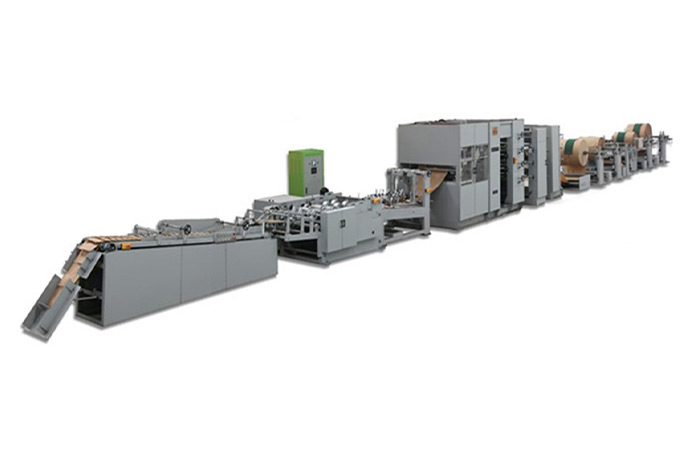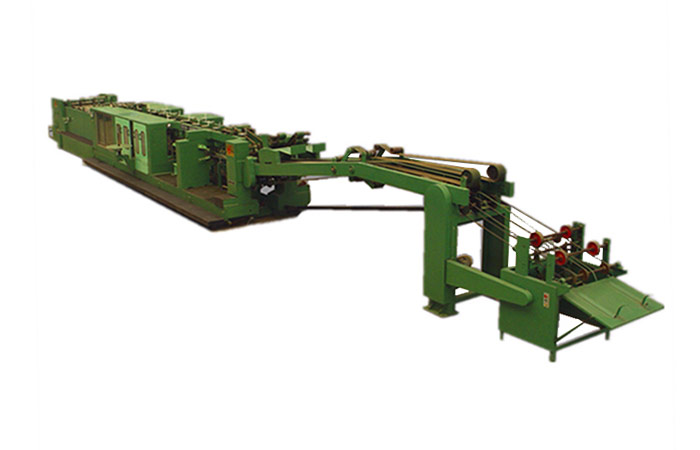What are the characteristics of the bag making machine
Bag making machines are used to produce a wide variety of bags, including shopping bags, food bags, garbage bags, and more. These machines can be manual, semi-automatic, or fully automatic, depending on the level of automation required and the complexity of the bags being produced.
The basic process of bag making machines involves feeding the raw material, which can be paper, plastic, or non-woven fabric, through a series of rollers and guides, where it is folded and cut into the desired shape and size. The cut pieces are then sealed and stitched together to form the final bag, which is then trimmed and stacked for packaging.

The specific features and capabilities of bag making machines can vary depending on the type and model of the machine. Some common features of bag making machines include:
Material feeding system: This system is responsible for feeding the raw material into the machine and guiding it through the various processing stages.
Cutting system: This system cuts the raw material into the desired shape and size using a variety of cutting methods, such as rotary cutting, heat cutting, or ultrasonic cutting.
Sealing system: This system seals the edges of the bag using heat, pressure, or ultrasonic waves to create a strong, secure seal.

Stitching system: This system stitches the sealed edges of the bag together to create a strong, durable seam.
Control system: This system monitors and controls the various processes of the machine, such as the material feeding, cutting, sealing, and stitching, to ensure consistent and accurate bag production.
Overall, bag making machines are versatile and efficient tools for producing a wide range of bags for various applications. They can be customized to meet specific production requirements and can be integrated with other equipment for a fully automated bag production line.


